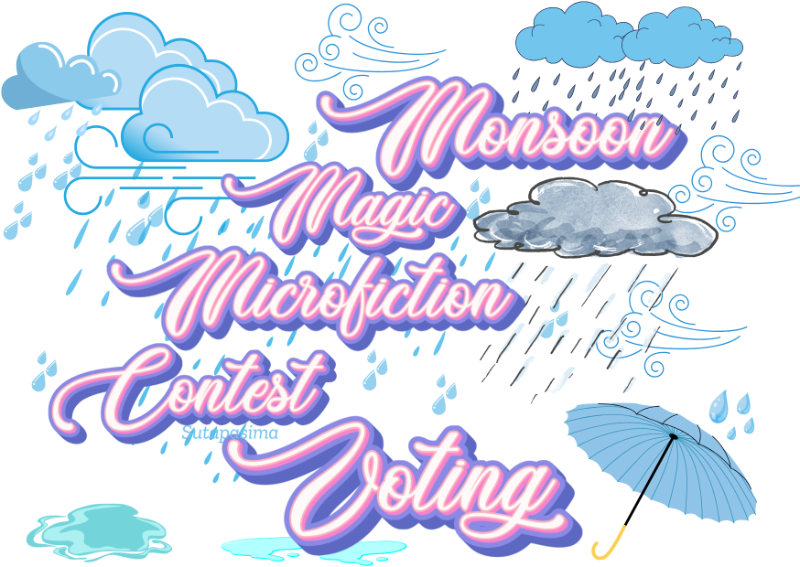Karnataka is a state in south west India. It was created on 1st nov 1956, with the passing of States Reorganization Act & this day is annually celebrated as Karnataka rajyotsava(formation day). Originally know as the state of Mysore it was renamed Karnataka on 1973. It is the land of kannadigas, Tuluvas, Kondanis & Kodavas. As India is pluralistic, multilingual & multiethnic society so is the state of Karnataka. The Etymology for the name Karnataka is derived from the kannada words Karu (black) and nadu(region) Karu nadu meaning black soil region.

Karnataka's history goes back to Palaeolithic hand-axe culture, Gold discovered in Harappa was found to be imported from mines in Karnataka. Prior to 3rd centuary BC, most of Karnataka formed part of the Nanda Empire before coming under the Mauryan Empire of Emperor Ashoka. Four centuries of satavahana rule followed, later declining to native kingdom of Kadambas. The kadamba dynasties were the 1st kingdom to use kannada in administration, as evidenced by the Halmindi inscription & 5th centaury copper coins discovered at banavasi. These dynasties were followed by Imperial kannada empires such as the Badami Chalukyas, the Rashtrakuta empire of Manyakheta & the Western Chalukya Empire.
The western Chalukyas patronised a unique style of architecture & kannada literature which became a precursor to the Hoysala art of the 12th centuary. Hoysalas under the King Vishuvardhana gained power at the turn of the 1st millennium. Literature flourished during this time & construction of temples & sculptures adhering to vesara style of architecture. In the early 14th century, Harihara and Bukka Raya established the Vijayanagara Empire on the banks of the Tungabhadra River in the modern Bellary district. The empire rose as a bulwark against Muslim advances into South India, which it completely controlled for over two centuries.
In 1565, Karnataka and the rest of South India experienced a major geopolitical shift when the Vijayanagara Empire fell to a confederation of Islamic sultanates in the Battle of Talikota.The Bijapur Sultanate, which had risen after the demise of the Bahmani Sultanate of Bidar, soon took control of the Deccan; it was defeated by the Moghuls in the late 17th century.The Bahamani and Bijapur rulers encouraged Urdu and Persian literature and Indo-Saracenic architecture, the Gol Gumbaz being one of the high points of this style. During the sixteenth century, Konkani Hindus migrated to Karnataka, and while during the seventeenth and eighteenth century, the Mangalorean Catholics migrated to South Canara, in Karnataka.
An inveterate enemy of the British, Tipu Sultan of Mysore Kingdom was one of the most powerful rulers in India before the advent of the British Raj. To contain European expansion in South India, Haidar Ali and later Tippu Sultan fought four significant Anglo-Mysore Wars, the last of which resulted in Tippu Sultan's death and the incorporation of Mysore into the British Raj in 1799.The Kingdom of Mysore was restored to the Wodeyars and Mysore remained a princely state under the British Raj.
As the "doctrine of lapse" gave way to dissent and resistance from princely states across the country, Kittur Chennamma, Sangolli Rayanna and others spearheaded rebellions in Karnataka in 1830, nearly three decades before the Indian Rebellion of 1857. Other uprisings followed, such as the ones at Supa, Bagalkot, Shorapur, Nargund and Dandeli. These rebellions - which coincided with the 1857 war of independence - were led by Mundargi Bhimarao, Bhaskar Rao Bhave, the Halagali Bedas, Raja Venkatappa Nayaka and others. By the late 19th century, the freedom movement had gained momentum; Karnad Sadashiva Rao, Aluru Venkata Raya, S. Nijalingappa, Kengal Hanumanthaiah, Nittoor Srinivasa Rao and others carried on the struggle into the early 20th century.

The state has three principal geographical zones:
1. the coastal region of Karavali
2. the hilly Malenadu region comprising the Western Ghats
3. the Bayaluseeme region comprising the plains of the Deccan plateau
The bulk of the state is in the Bayaluseeme region, Some of the important rivers in Karnataka are Kaveri, Tungabhadra, Krishna, Malaprabha and the Sharavathi. Karnataka experiences four seasons,the coastal zone receives the heaviest rainfall, far in excess of the state average. Agumbe in the Shivamogga district receives the second highest annual rainfall in India & 20% of the state's geographic area is covered by forests.
Kannada is a southern Dravidian Language and the history of Kannada is conventionally divided in four periods: Purva Halegannada, the Halegannada, the Nadugannada, and Hosagannada. Kannada is influenced to an appreciable extent by Sanskrit. According to the Dravidian scholars Bhadriraju Krishnamurti and Kamil Zvelebil, Kannada and Tamil split into independent languages from the proto Tamil-Kannada sub-group around 5th - 6th. Century B.C
The Kannada language is the official language of the state, the native language of approximately 65% of its population and one of the classical languages of India.
Urdu is spoken widely by the Muslim population. Less widely spoken languages include Beary bashe and certain dialects such as Sankethi. Kannada features a rich and ancient body of literature covering topics as diverse as Jainism, Vachanas, Haridasa Sahitya and modern literature. Tulu is spoken mainly in the coastal districts of Udupi and Dakshina Kannada.The Kodavas who mainly reside in the Kodagu district, speak Kodava Takk(coorgi).Konkani is mostly spoken in the Uttara Kannada district and in some parts of the Udupi and Dakshina Kannada districts. All the languages use the Kannada script for writing.
































































